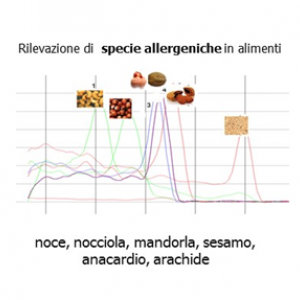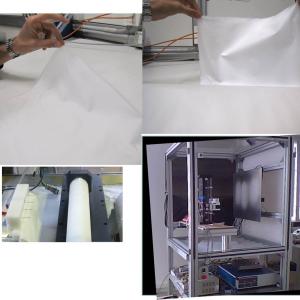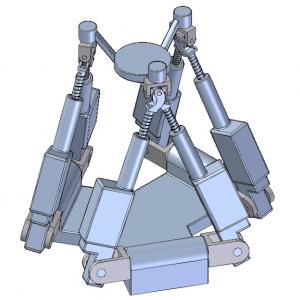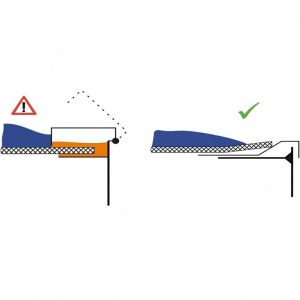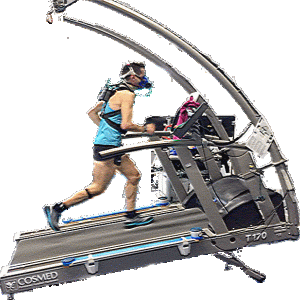
Biomechanical assessment of sport movements
In order to compare sports performance of athletes using different sports equipment, the laboratory provides biomechanical, bioenergetic and physiological assessment during sports movements such as running and walking. Available instrumentation...


